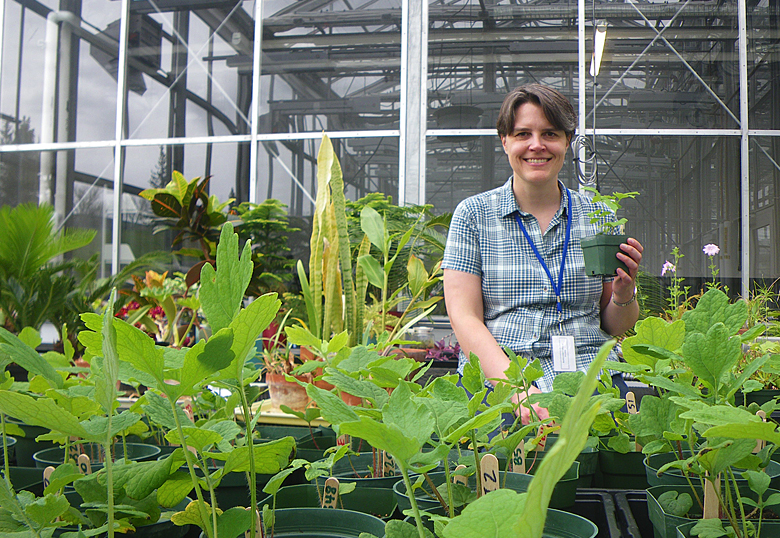Canada’s plants are the middle child of species conservation in Canada, receiving far less attention than mammals and birds. Even though plants and lichens make up 37 per cent of Canada’s at-risk species, the federal funding they receive is less than a third of that number.
Dr. Jenny McCune, a University of Lethbridge professor in biological sciences and Board of Governors Research Chair in Plant Conservation, and Peter Morrison, a graduate student at McGill University, examined how many plant species listed under the Species at Risk Act (SARA) grow on private or federal lands. Plants listed under SARA are only protected from destruction only if they grow on federal land.

McCune and Morrison also looked at how plants fared under Canada’s two programs that encourage protection and stewardship of at-risk species on private lands. The Natural Areas Conservation Program (NACP) provides funds to help buy land for conservation. The Habitat Stewardship Program (HSP) provides funds for projects by conservation groups, provincial or municipal governments to help species at risk. Their study has been published in FACETS, a Canadian multidisciplinary science journal.
“The results of our study show the Canadian government could do much more to foster research, conserve and monitor plant species at risk, especially those on private lands,” says McCune. “Plants are a huge part of Canada’s biodiversity; Canadians value them for the things they provide us and for their beauty and uniqueness."
The researchers examined publicly available government documents and found that 75 per cent of all listed plants under SARA grow at least partly on private land and 35 per cent grow mainly on private land. Only 10 per cent grow mainly on federal land.
“With one in three endangered plants growing mainly on private land, our study highlights the importance of plant stewardship by landowners,” says McCune. “Programs like the NACP and the HSP that help protect plants on non-federal land are crucial to encourage this stewardship and prevent destruction of endangered plants. We need more funding and more projects working to conserve at-risk plants if we’re going to get them off the endangered species list.”
